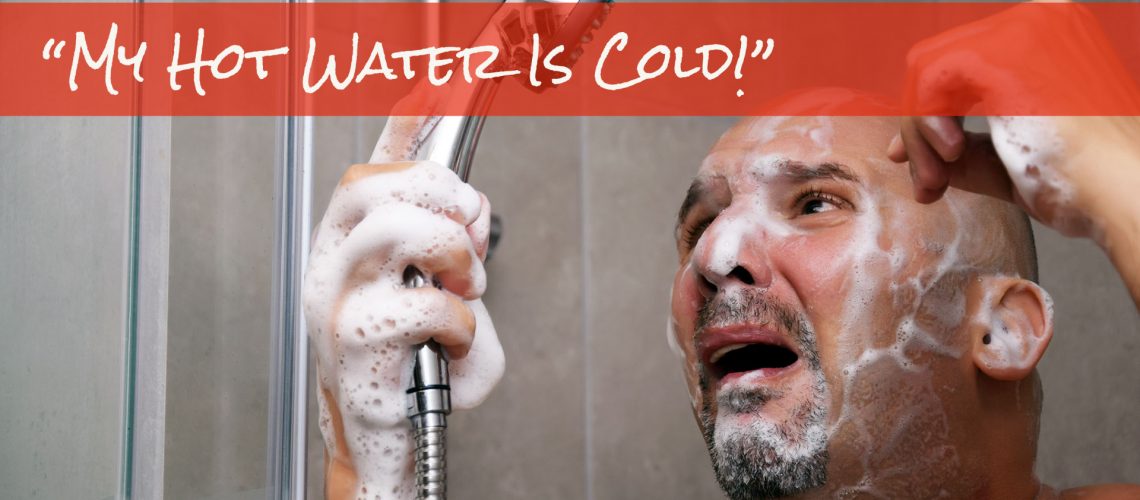“Uh-oh, my hot water is cold!”
You’re just about to unwind from a hard day with a soak in the bath, or you are in a rush and need a quick shower. It is at these moments the hot water always seems to go wrong! What can you do? In this blog, we look at why you are asking why my hot water is cold and suggest the best way to fix it.
There are many things in life which frustrate us. Standing under a shower that runs hot and cold is definitely one of them. In fact, the thought of a cold shower is enough to make people shiver! So, what action can you take if your hot water starts to run cold, and what can you do to prevent it?
Basic checks
Every hot water system requires an inspection to ensure it works satisfactorily. If gas provides the heat input for the hot water, a professional Gas Safe registered engineer needs to perform a yearly inspection. If the heat input is electricity, or another type of fuel, source the correct professional for the fuel type. As Parkstone Yorkshire is Gas Safe Registered, we will use gas as an example in this blog.
How does your home generate hot water from a gas appliance?
In two ways. First the gas appliance connects to a hot water storage cylinder. The usual places to find storage cylinders are in airing cupboards or loft spaces. The boiler controls the hot water in storage cylinders using timers and thermostats. Check that these are switched on and working correctly.
Second, the gas appliance generates hot water directly. Most common is a combination boiler, however some homes use multi-point and single-point water heaters. This type of hot water does not use timers or programmers, and operates instantaneously. There are further checks you can do frequently that will ensure your hot water runs a smoothly as possible. First, let’s start with visual checks.
Get to know how your gas appliance works by reading the manufacturer’s user instructions.
Vey important, In fact, that is why it is a heading! They will explain the normal workings of the appliance, and what to look for if there is an issue. There will be advice on what an owner can do for themselves because you won’t want to call someone out without reason. We recommend familiarising yourself with the boiler and system controls, however, if you are unsure, ask someone to help. These checks don’t take long at all and require only small adjustments.
Water pressure
You gas appliance requires the right amount of gas and water to work properly. First, check all valves and the gas meter are on, and for a normal flow of hot water. Next, check the front of the appliance for unusual indications, such as flashing lights or warning codes. Follow the manufacturer’s instructions where appropriate to rectify. Modern gas boilers use sealed systems to pump water to heating and hot water elements. If the pressure in the sealed system drops too low, it can lock-out some boilers, or cause irregular output. A pressure gauge on the appliance will indicate if this is low. To adjust the pressure, you will need to locate the filling loop. On some appliances this is built-in under the boiler, other systems will have a remote filling loop. Add water to the system until the pressure meets the recommended level.
Bleeding
On some heating systems, air trapped inside will cause issues because water can’t circulate properly. To remove airlocks, you need to find them! Best way is to turn the heating on and check the radiators when warm. If they are colder at the top than the bottom you have air locked inside. This requires bleeding. If you are not confident about bleeding radiators, ask someone who is. (Don’t forget the system will need filling as the pressure drops when releasing air).
If all these have been checked, the manufacturer’s instructions will most likely advise a call from a Gas Safe qualified engineer. If you need help and live in the Leeds area, please get in touch.


